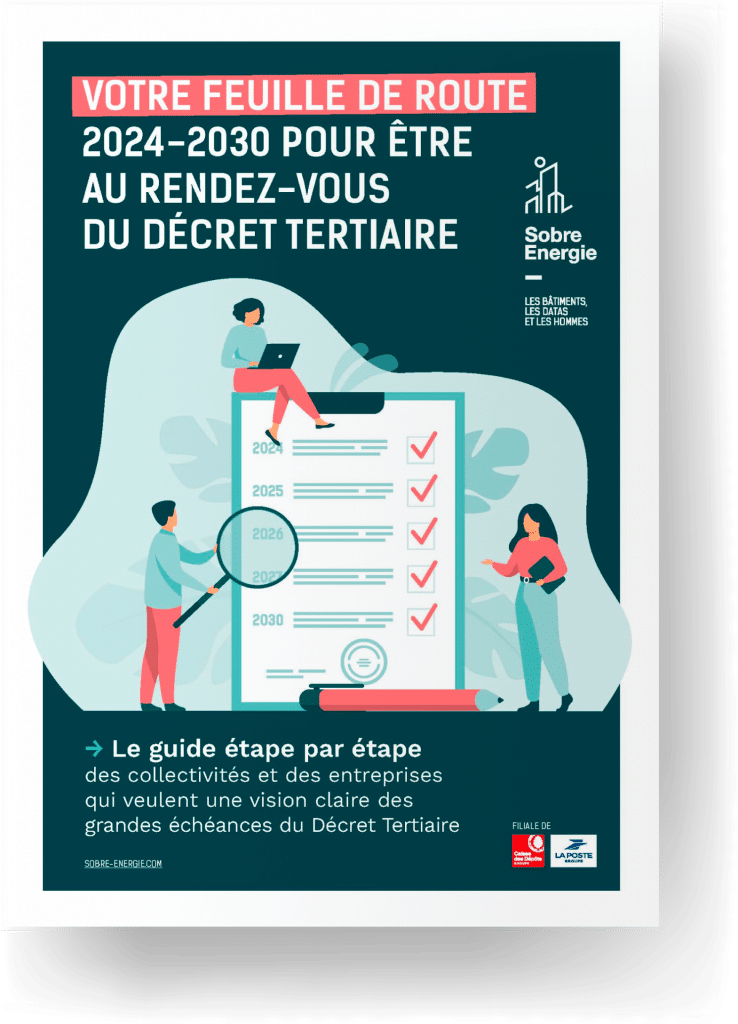Are you committed to reducing your energy consumption in your real estate portfolio? Good news, to comply with the Tertiary Decree a significant source of financing exists with the EECs: energy saving certificates
The principle? Energy suppliers must encourage their customers to be more sober by financing thermal renovation work. For example changing the boiler or installing thermostats for example.
To find out more about the issues and modalities of the Tertiary Decree
What actions are eligible for EWCs?
For the tertiary sector, there are 50 sheets for example:
- Attic or roof insulation
- General lighting luminaires with LED modules
- Installation of a high energy performance collective boiler
- Implementation of a BMS (technical building management) system for heating and domestic hot water
- Heat recovery on cold production group
Therefore, many actions proposed by our energy managers to reduce your consumption are affected by this financial aid.
To learn more about our energy management platform
But businesses and communities rarely take advantage of this method of financing: only 3% of the total volume of CEEs was used by the tertiary sector in 2017. The rest by the residential (75%) and industrial (20%) sectors.
And here are the main actions carried out:
- LED lamp replacement
- floor insulation
- attic and roof insulation.
A source of 110 TWh of financeable savings
However, Ademe assessed in a recent study the potential for energy savings financeable by these EWCs. The study covers the opening period: 2021-2030.
The volume of energy consumption that could be financed by these energy saving certificates is estimated between 39 and 110 TWh.
A strong lever for buildings subject to the Tertiary Decree , which represent around 70% of the tertiary stock. Or 158 TWh of consumption in 2010.
The relative objective set by the Tertiary Decree (-60% by 2050) represents a reduction of 95 TWh.
It is therefore a significant part of the savings to be made which can be financed by the EECs.
🤖 Summarize this article with an AI
Click on a button to automatically sum up this page with the AI of your choice.
